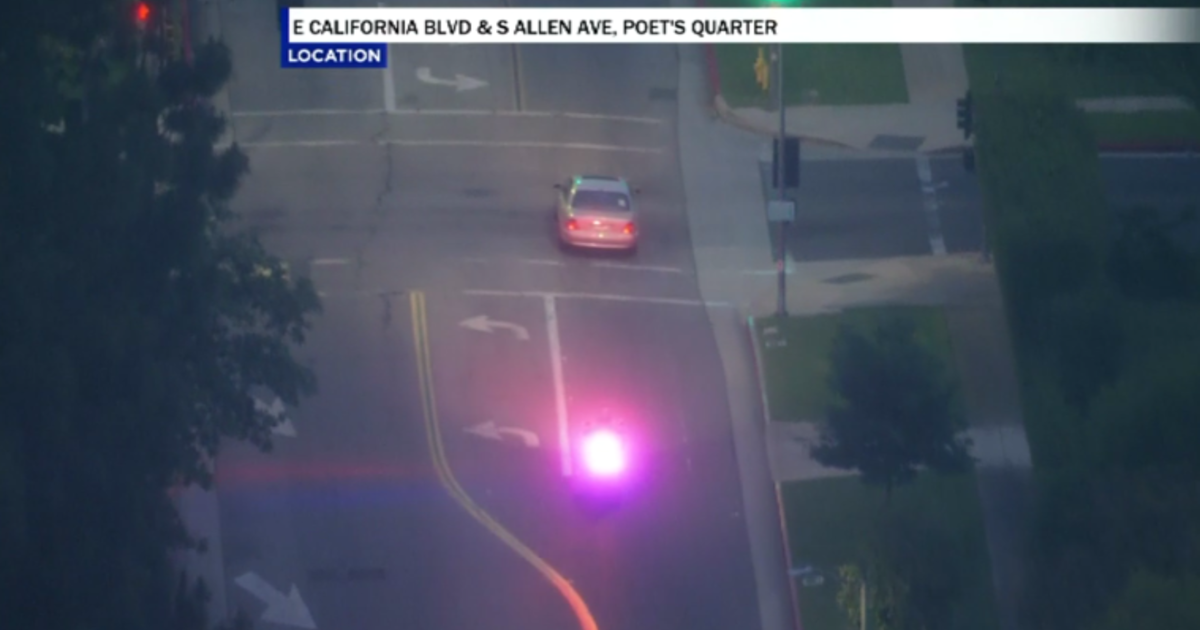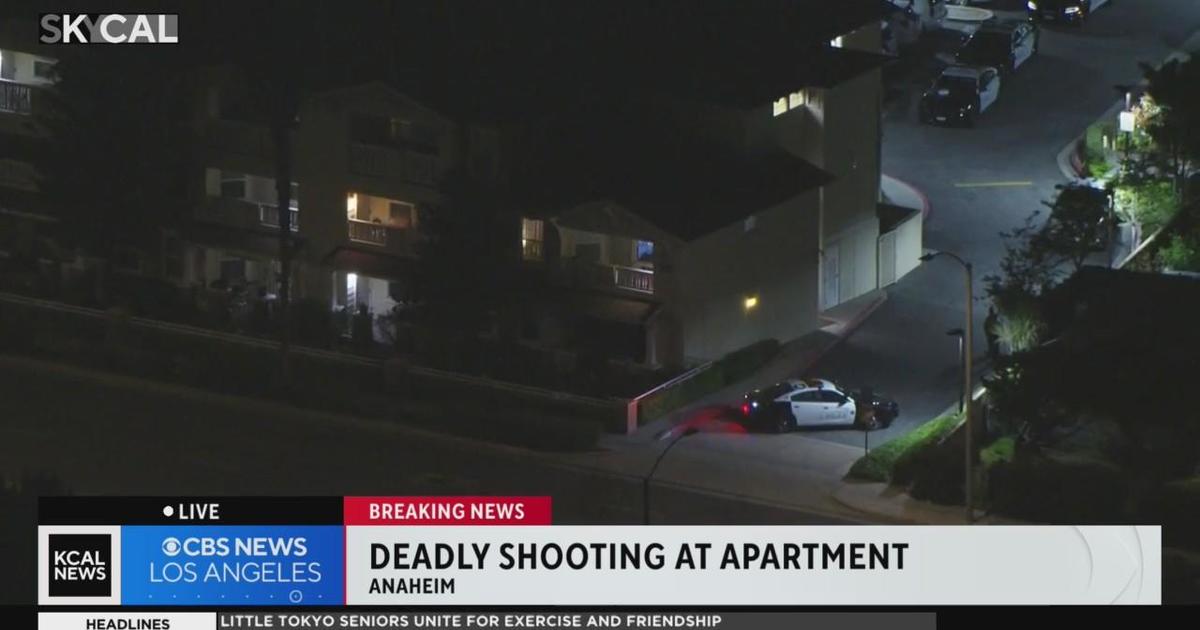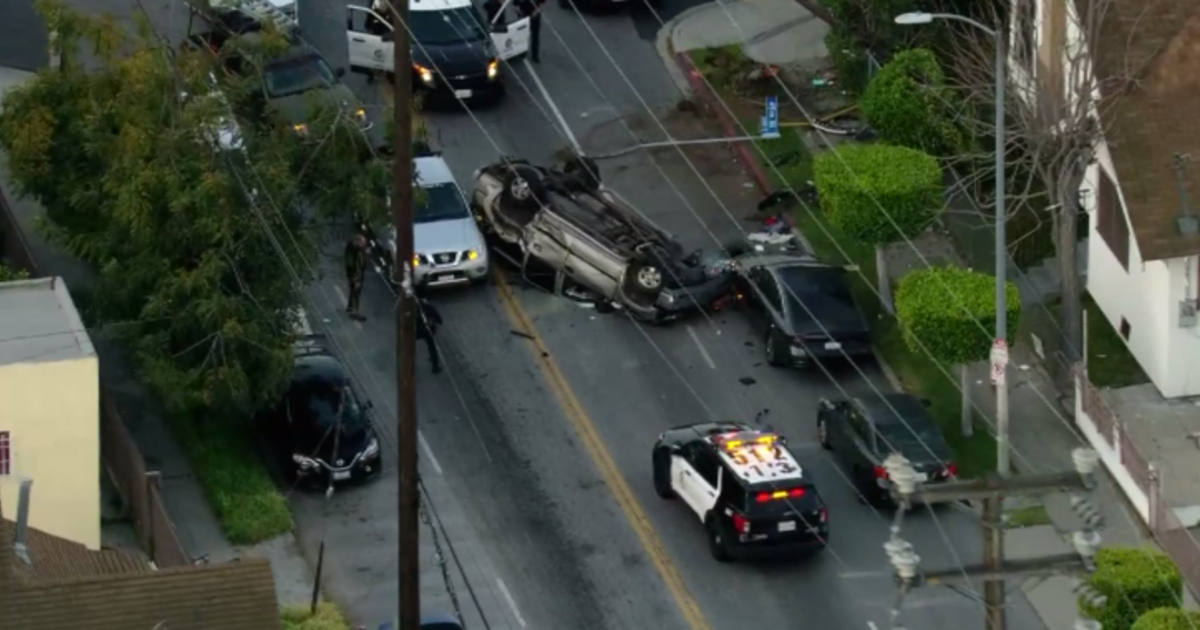The Crisis In Waiting: How Prepared Are We For A Natural Disaster?
LOS ANGELES (KNX 1070) — Months after Super Storm Sandy devastated parts of the New York tri-state area - causing lengthy power outages and forcing a major Manhattan medical center to evacuate patients - an examination of Southern California's ability to weather such a natural disaster raises some disturbing questions.
A final report last month from the California Public Utilities Commission on the performance of Southern California Edison following the hurricane force windstorm here in 2011, took the power company to task for many failures, and a KNX1070 investigation shows that one of the key problems identified by the Commission has yet to be corrected by Edison.
The Crisis in Waiting: How Prepared Are We For A Natural Disaster? Pt. 1
"Their emergency planes were not up to date in certain ways, " says Raymond Fugere, a Commission program and project supervisor, in an interview with KNX1070, " their restoration time was inadequate."
In particular, the Commission found many of Edison's wood poles "were not strong enough to withstand the force of the wind," either because of "inadequate design" or because they had too much communications equipment attached to them.
But, more than one year after the windstorm here, Edison is still evaluating the power pools.
"We have a comprehensive plan where we are going to be inspecting every single pole in our service territory and we will have a report out to the CPUC summer of 2013, " says Edison spokesman Dan Chung in an interview. He says poles that need to be replaced will be.
While the state commission says it has a fairly good notion on how prepared Edison is in the event of a future natural disaster (better than before the 2011 windstorm, the commission claims), it is less certain about some other area power companies because of jurisdictional issues, KNX1070 has found.
The Crisis In Waiting: How Prepared Are We For A Natural Disaster? Pt. 2
"Their facilities (Los Angeles Water & Power and Pasadena Water & Power) come under the jurisdiction of the Commission for safety, but their emergency responses, unfortunately, don't, so we don't have as much knowledge of their systems," Fugere tells KNX1070. (He does give high marks to San Diego Gas & Electric, saying it is "extremely well prepared.")
Mobile Field Hospital Moved From SoCal Up North
In the event of a natural disaster--earthquake, fire or flood--other than the resilience of our power grid, our health care system is vital. And yet, budget cuts, KNX1070 has learned, has led to the removal of the only mobile field hospital warehoused in Southern California because the cost of the local warehouse was too expensive, official say.
In 2007, California taxpayers purchased three enormous mobile field hospitals to be used in the event of a natural , or man-made, disaster--especially in the event regular hospitals are unable to function (as was the case with some medical centers in the northeast after they lost power or were flooded following Super Storm Sandy).
Each mobile hospital can house up to 200 beds and are capable of providing acute care--they come complete with emergency and operating room suites as well as their own power generation and air systems.
Initially, the budget was $1.7 million a year, says Dr. Howard Backer, the director of the California Emergency Medical Services Authority. That budget, he tells KNX1070, is now down to zero, forcing him to seek donations from private groups and local hospitals. So far, he says, no one has written a check.
The Crisis In Waiting: How Prepared Are We For A Natural Disaster? Pt. 3
In the long run, the entire program, he says, is now in jeopardy. In the short run, the only mobile field hospital that had been warehoused in Southern California has been moved to the Bay area. (There are two mobile field hospitals in the Bay area now and one in Sacramento).
While Dr. Backer says one of the mobile field hospitals could be shipped down south in an emergency, "the optimal arrangement would be to have one hospital based in Southern California, absolutely; but that adds to the costs."
Most LA Residents Not Prepared For Emergency
In the event of a natural disaster, officials agree it is vital for families and individuals to have both emergency supplies of food and water, as well as an emergency communications plan on how to reach family and friends.
Yet a 2011 survey (the most recent) found that only 42.6 percent of households surveyed in Los Angeles County actually had a family emergency plan, says Dr. Jonathan Fielding, Director of Public Health for Los Angeles County.
The Crisis In Waiting: How Prepared Are We For A Natural Disaster? Pt. 4
Dr. Fielding tells KNX 1070 that his department has learned lessons from Super Storm Sandy back east, as well as our own windstorms, wild fires and mudslides.
Talking Lampposts To The Rescue?
A Michigan lighting company thinks it has the answer to emergency preparedness--not only here in Southern California, but nationwide: Talking lampposts. Well, actually, "intelligent" street lights that can be equipped with sensors to detect everything from earthquakes to floods, and are equipped with internal speakers and signs that would allow police and fire officials to communicate directly to the public in times of emergency.
Ron Harwood, CEO of Intellistreets (Illuminating Concepts) , tells KNX1070 that his so-called "Intellistreets" system is already being tested in Michigan, as well as on a small section of boardwalk in New Jersey, where he says it survived the wrath of Hurricane Sandy.
Harwood says he is currently talking to some northern California communities about his smart lampposts, but has not yet had discussions with government officials here in Southern California, though he clearly would like to.
Some have raised privacy concerns about the lampposts, fearing they might clandestinely record peoples' conversations or pipe them live back to police, but Harwood says such fears are unfounded because, he says, the lampposts are not equipped with technology that would allow them to self-start such two way communications.
In an emergency, however, they would allow a person to press a button that would open up a channel of communication with local authorities.



